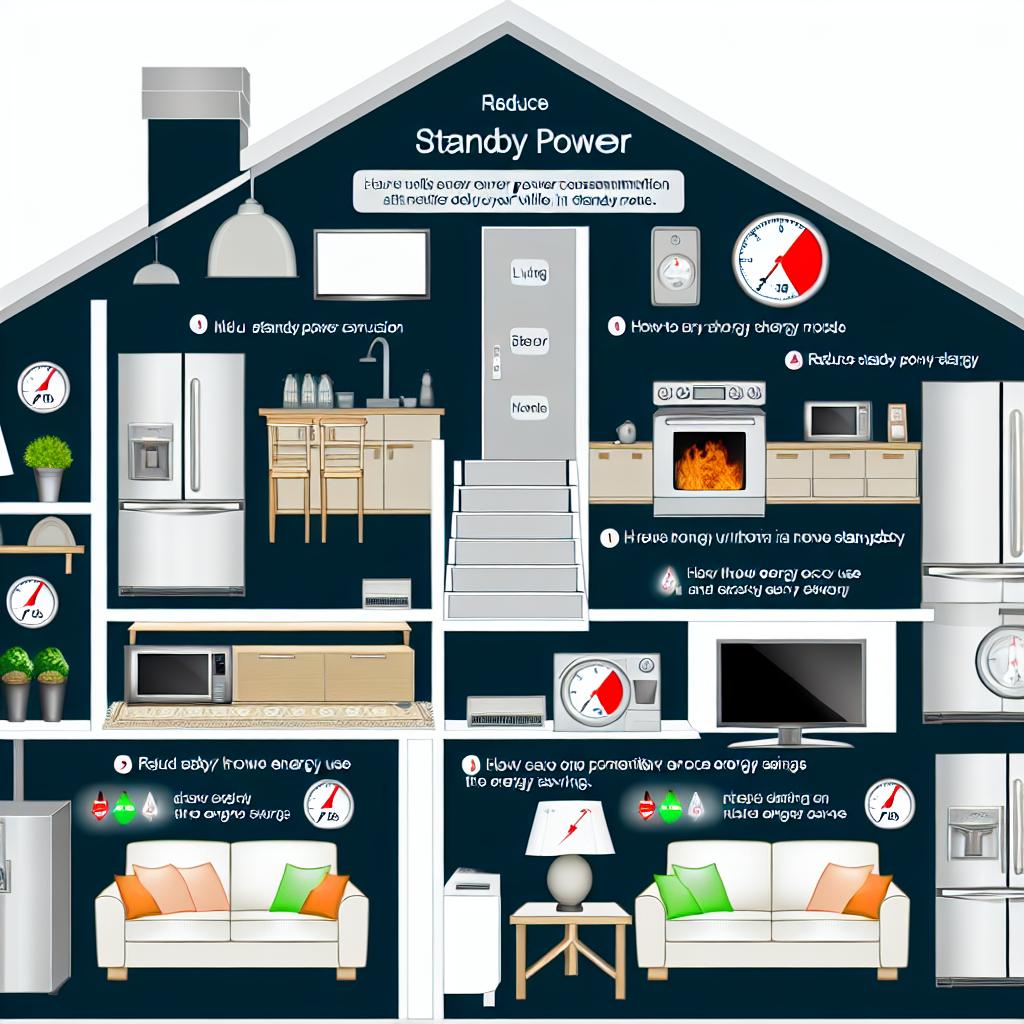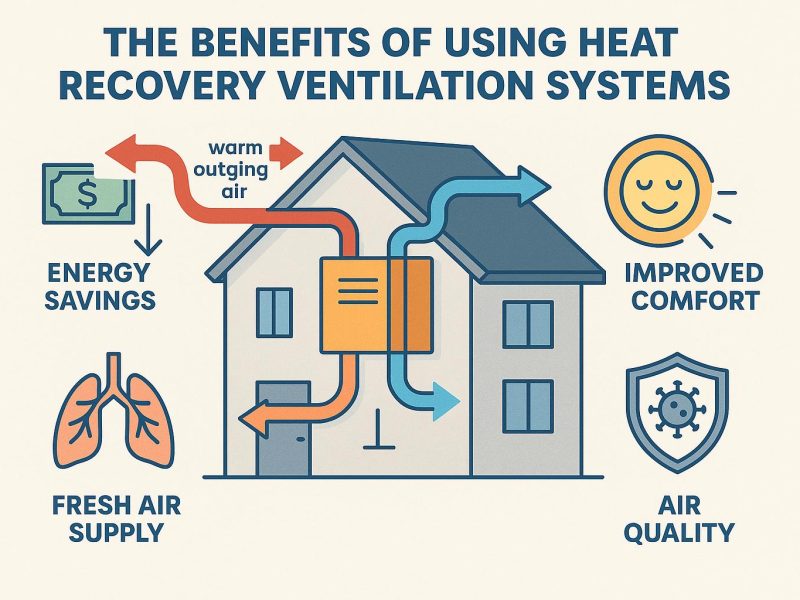Understanding Standby Power Consumption
Standby power consumption, colloquially known as “vampire power” or “phantom load,” refers to the electricity consumed by electronic devices even when they are not in active use. Despite being switched off or left in standby mode, many household appliances and electronics continue to draw power. This hidden energy usage can represent a significant portion of a household’s total electricity consumption. A comprehensive understanding of standby power is crucial for both energy conservation and reducing electricity bills.
Identifying Devices That Consume Standby Power
Standby power is particularly prevalent in electronic devices that feature displays, remote controls, soft switches, or external power supplies. This includes a variety of household products commonly used in everyday life. Some of the most common examples are:
– Televisions and home entertainment systems: These devices often have clock displays or lights indicating that they are in standby mode, continually drawing power even when not in use.
– Computers and peripherals such as printers and scanners: These devices might be off yet still pull power to maintain their readiness state.
– Kitchen appliances featuring digital displays and clocks: Microwaves, ovens, and refrigerators with LED displays or built-in clocks tend to consume electricity continuously.
– Chargers for phones and other gadgets: Even when a device is fully charged or disconnected, chargers plugged into the wall socket can continue to pull power.
Measuring Standby Power Usage
Accurately measuring standby power usage is essential to effectively address and alleviate it. By using energy monitoring devices such as a Kill-a-Watt meter, you can assess how much power an individual appliance draws while it is inactive. This information assists in identifying which appliances are consuming the most power unnecessarily and helps inform decisions on how best to mitigate this consumption.
Strategies for Reducing Standby Power
Once devices contributing significantly to standby power have been identified, implementing strategies to minimize their consumption can lead to noticeable savings on electricity bills. Several methods can be employed:
Unplug Devices: The most straightforward solution is to unplug devices when they are not in use, which effectively cuts off the power supply, ensuring zero standby consumption.
Use Advanced Power Strips: Advanced power strips, or smart strips, can automatically cut off power to peripheral devices when a primary device, like a computer or television, is turned off. Some smart strips can be programmed to shut off at specific times, providing even greater control over energy usage.
Enable Power-Saving Modes: Modern electronic devices often feature energy-saving modes. For example, computers offer sleep or hibernate settings that significantly reduce power usage, and many televisions have eco-modes that lower electricity consumption during standby periods.
Opt for Energy Efficient Devices: When purchasing new electronics, consider devices certified by organizations like Energy Star. These devices are known for their low standby power consumption, making them a cost-effective choice over time.
Long-term Benefits of Reducing Standby Power
Reducing standby power offers multiple long-term benefits beyond just lowering energy bills. It also extends the lifespan of electronic devices by minimizing unnecessary wear and tear associated with constant power consumption. There is a tangible environmental benefit as well, since reducing standby power decreases overall energy demand. Lower energy demand, in turn, can result in reduced reliance on energy production methods, often involving the burning of fossil fuels, thereby contributing to the reduction of greenhouse gas emissions.
By taking conscientious steps to identify and minimize standby power consumption, households can enjoy financial savings and contribute to environmental sustainability. Proper management and reduction of standby power use also help create more energy-efficient homes, which is beneficial in the face of rising energy costs and the ongoing global push towards more sustainable living practices. This thoughtful approach to energy use can serve as a valuable component of an overall strategy to live more sustainably and reduce one’s carbon footprint.



